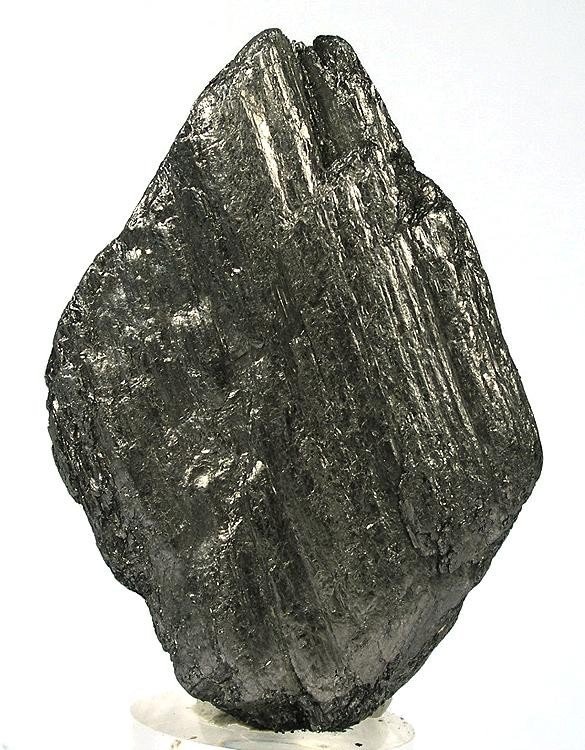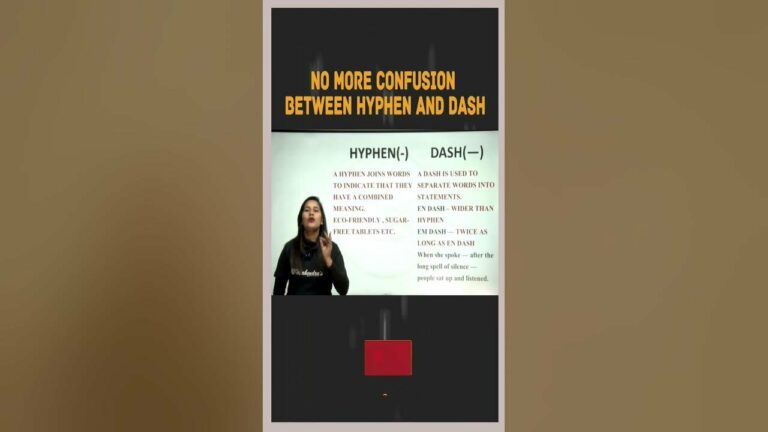Pencil is Made of Which Material
Curious to know what material pencils are made of? Look no further! The answer may surprise you, as pencils are crafted from a combination of graphite and clay. Yes, that’s right, the humble pencil in your hands is created using these two essential elements. Fascinating, isn’t it? In this article, we’ll delve into the fascinating world of pencil manufacturing, uncovering the secrets behind this everyday writing instrument. So, get ready to embark on a journey exploring the materials that bring your thoughts to life on paper. Let’s dive in and discover what makes up a pencil!
Pencil is Made of Which Material
Pencils are simple yet versatile writing instruments that have been used for centuries. They are commonly found in schools, offices, and households, serving various purposes. Have you ever wondered what materials are used to make pencils? In this article, we will explore the different components that make up a pencil and the materials behind them.
Wood
The most recognizable part of a pencil is its wooden casing. Traditionally, pencils are made using cedar wood due to its excellent quality and durability. Cedar wood is smooth, lightweight, and easily sharpened, making it the preferred choice for many pencil manufacturers. However, other types of wood, such as basswood and pine, are also used in pencil production.
The wooden casing not only provides structural support and protection for the pencil core but also serves as a comfortable grip for the user. It ensures that the pencil is easy to hold and control while writing or drawing.
Pencil Core
The pencil core, also known as the lead, is the material responsible for leaving marks on paper. Contrary to popular belief, pencil cores are not made of lead but rather a mixture of several other materials, primarily graphite.
Graphite is a form of carbon that possesses unique properties, making it ideal for use in pencils. It is soft and brittle, allowing it to leave marks on paper without requiring excessive pressure. The graphite used in pencils is typically mixed with clay in varying ratios to achieve different levels of hardness or softness. The combination of graphite and clay creates a smooth and consistent mark-making experience.
Graphite Grades
Pencils come in different graphite grades, ranging from soft (B) to hard (H). The softness or hardness of the graphite determines the darkness or lightness of the mark left on paper. For example, a 2B pencil will create a darker mark compared to an HB pencil.
Here is a breakdown of some common graphite grades:
- Soft: 6B, 4B, 2B
- Medium: HB, F
- Hard: 2H, 4H, 6H
Eraser
Many pencils feature an eraser on the end opposite to the pencil tip. The eraser is a handy tool for making corrections or removing pencil marks. While erasers may vary in quality, they are typically made from synthetic rubber or vinyl. These materials effectively remove graphite marks from the paper without damaging the surface.
Types of Erasers
There are different types of erasers commonly used on pencils:
- Block Erasers: These are larger erasers that can be detached from the pencil. They are typically rectangular or cylindrical in shape.
- Caps: Some pencils have a small eraser attached to a removable cap. These caps are convenient for quick erasing on the go.
- Embedded Erasers: Certain pencils have an eraser embedded into the end of the wooden casing. This type of eraser can be extended or retracted by twisting the pencil.
Pencil Coatings and Finishes
To enhance the appearance and protect the wooden casing of pencils, various coatings and finishes are applied. These coatings also make the pencil more comfortable to hold.
One common coating is lacquer, which provides a glossy finish and helps protect the wood from moisture and wear. Some pencils may have patterns or designs printed or embossed on the surface, adding aesthetic appeal.
Pencil Manufacturing Process
The manufacturing process of pencils involves several steps, from sourcing raw materials to packaging the finished products. Here is a simplified overview of the process:
- Wood Preparation: The selected wood is cut into slats and kiln-dried to remove moisture.
- Pencil Cores: Graphite, clay, and other additives are mixed to create the pencil cores. The mixture is extruded, cut, and dried.
- Wood Casing: The wooden slats are shaped, grooved, and painted or lacquered.
- Gluing: The pencil cores are inserted into the grooves of two wooden slats, and they are glued together to form a pencil “sandwich”.
- Shaping and Cutting: The sandwiched slats are shaped into a cylindrical form using machines, and the pencils are cut to the desired length.
- Finishing: The pencils go through a final finishing process, including painting, coating, and branding.
- Quality Control: Random samples of pencils are tested for performance and durability.
- Packaging: The pencils are packaged and prepared for distribution.
Environmental Impact
While pencils are generally considered environmentally friendly due to their biodegradability and minimal waste production, it is important to consider sustainable practices in pencil manufacturing. Some manufacturers now use recycled wood or certified sustainable wood sources, reducing the impact on forests.
Additionally, efforts are being made to develop eco-friendly erasers and graphite alternatives that do not rely heavily on non-renewable resources. By choosing pencils from environmentally conscious brands, consumers can contribute to a more sustainable future.
The materials used to make pencils vary, ranging from quality wooden casings to graphite-based cores and synthetic erasers. Understanding these components and the manufacturing process can deepen our appreciation for these common writing instruments. Next time you pick up a pencil, take a moment to think about the craftsmanship and materials that go into creating this everyday tool.
How Pencils Are Made | Made Here | Popular Mechanics
Faqs for Pencil is Made of Which Material:
Pencils are typically made of a combination of graphite and clay. The graphite provides the core of the pencil, which is responsible for marking on paper, while the clay helps to bind the graphite together and give the pencil its shape. Other materials such as wax, pigments, and additives may also be used to enhance the performance of the pencil.
No, not all pencils are made of the same material. While the majority of pencils are made with a graphite and clay combination, there are other types available. Colored pencils, for example, often use a wax-based core mixed with pigments to produce different colors. Additionally, some specialty pencils may be made with alternative materials such as charcoal or plastic.
Graphite is the main component of a pencil and it provides the ability to mark on paper. It is a form of carbon that is soft and easily leaves a visible mark when applied to a surface. The varying grades of graphite used in pencils determine the darkness or softness of the mark produced. Higher graphite content results in darker and softer marks, while lower graphite content produces lighter and harder marks.
Clay is an important component in pencil manufacturing because it helps to bind the graphite together and give the pencil its shape. It also contributes to the smoothness and consistency of the marks made by the pencil. The type and amount of clay used can affect the hardness or softness of the pencil core, which in turn determines the quality of the mark made on paper.
Using graphite in pencils offers several advantages. Graphite is non-toxic, making it safe for use in writing and drawing. It is also easy to erase, allowing for corrections and revisions. Graphite marks are generally well-defined, smooth, and do not smudge easily. Furthermore, the ability to vary the hardness of the mark by adjusting the graphite content allows for a range of shading and drawing techniques.
Final Thoughts
The pencil is made of various materials that play a crucial role in its functionality. The core of the pencil is typically composed of graphite, a form of carbon that allows for smooth writing or drawing. Surrounding the graphite core, a wooden casing is used to provide structural support and make it easier to handle. Additionally, a metal ferrule is often added at the end to secure the eraser in place. Therefore, when wondering about the material used to make a pencil, it is important to remember that it mainly consists of graphite, wood, and metal.



